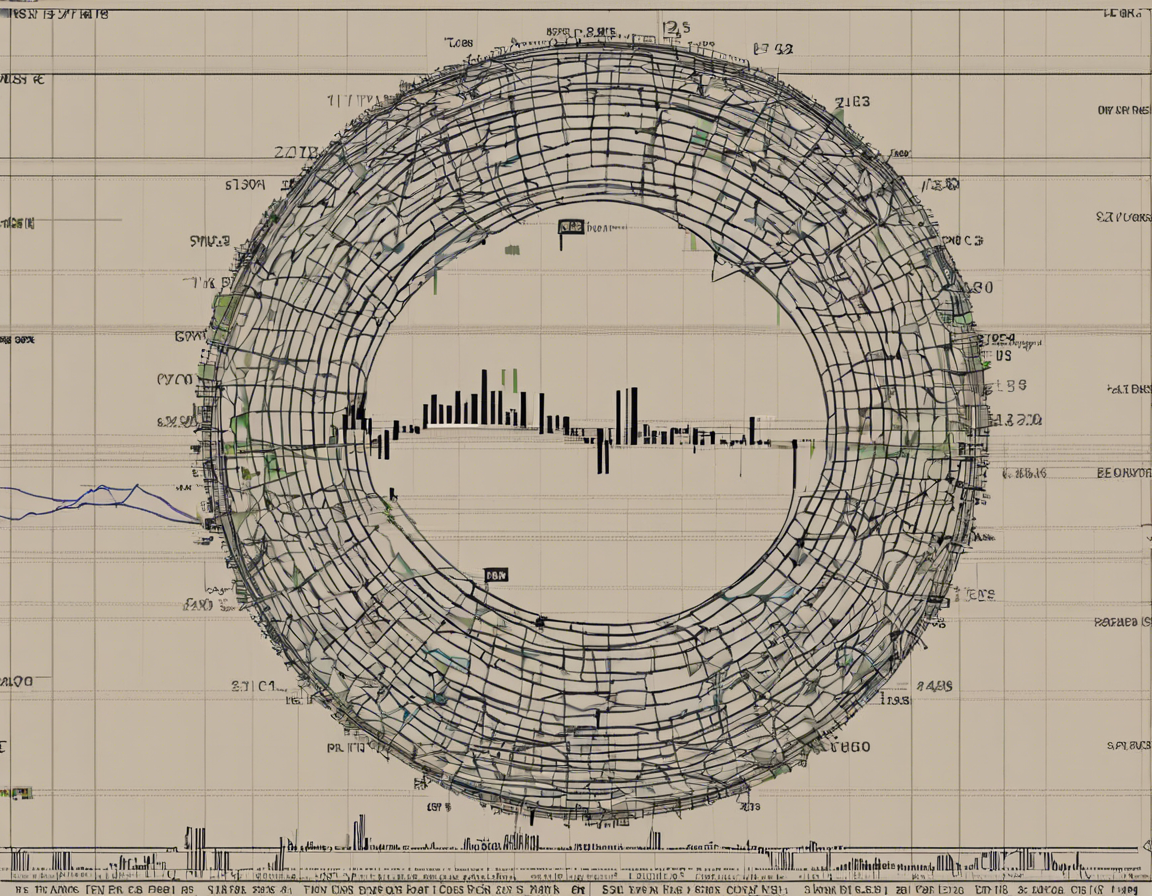Share price trends provide valuable insights for investors looking to make informed decisions. In the case of Emmforce, a fictional company, analyzing its share price trends involves various factors and considerations. In this comprehensive guide, we will delve into understanding the importance of share price trends, how to analyze them effectively, the factors impacting share prices, and some strategies for interpreting and acting on these trends.
Understanding Share Price Trends
Share price trends refer to the historical movement of a company’s stock price over a period of time. These trends can provide investors with crucial information about a company’s performance, market sentiment, and industry dynamics. Monitoring share price trends is essential for assessing the health of an investment and identifying potential opportunities or risks.
Factors Impacting Share Prices
- Market Conditions: External factors such as economic conditions, interest rates, and geopolitical events can significantly impact share prices.
- Company Performance: Earnings reports, product launches, and management changes can influence investor perception and, subsequently, share prices.
- Industry Trends: Developments within a specific industry can affect the share prices of companies operating within that sector.
- Investor Sentiment: Market psychology, speculation, and investor behavior can all contribute to share price volatility.
Analyzing Share Price Trends
- Technical Analysis: Utilizing charts, technical indicators, and historical price data to identify patterns and trends.
- Fundamental Analysis: Evaluating a company’s financial health, competitive position, and growth prospects to determine its intrinsic value.
- Comparative Analysis: Contrasting a company’s share price trends with its competitors or benchmark indices to gauge relative performance.
Strategies for Interpreting Share Price Trends
- Identify Support and Resistance Levels: Recognizing key price levels can help anticipate potential reversals or breakouts.
- Follow Trading Volumes: High trading volumes can validate price movements and indicate strong investor interest.
- Monitor Moving Averages: Tracking moving averages can signal trend reversals or confirm existing trends.
- Stay Informed: Continuously research news, industry developments, and analyst reports to stay updated on factors influencing share prices.
FAQs on Share Price Trends
1. What role do dividends play in share price trends?
Dividends can attract investors seeking income and stability, potentially influencing share prices positively.
2. How often should I review share price trends?
Regularly monitoring share price trends, especially around significant company events, earnings releases, or market developments, is advisable.
3. Can share price trends predict future performance accurately?
While past trends can offer insights, they do not guarantee future performance and should be considered alongside other factors in investment decisions.
4. How do I differentiate between a short-term fluctuation and a significant trend in share prices?
Analyzing the duration, magnitude, and underlying catalysts driving price movements can help distinguish between short-term noise and long-term trends.
5. Should I solely rely on share price trends for investment decisions?
It is essential to complement share price trend analysis with fundamental research, risk assessment, and portfolio diversification for well-informed investment decisions.
By comprehensively analyzing share price trends, investors can gain a deeper understanding of a company’s performance, market dynamics, and potential investment opportunities. Harnessing this knowledge can empower investors to make more informed decisions and navigate the complexities of the financial markets effectively.


